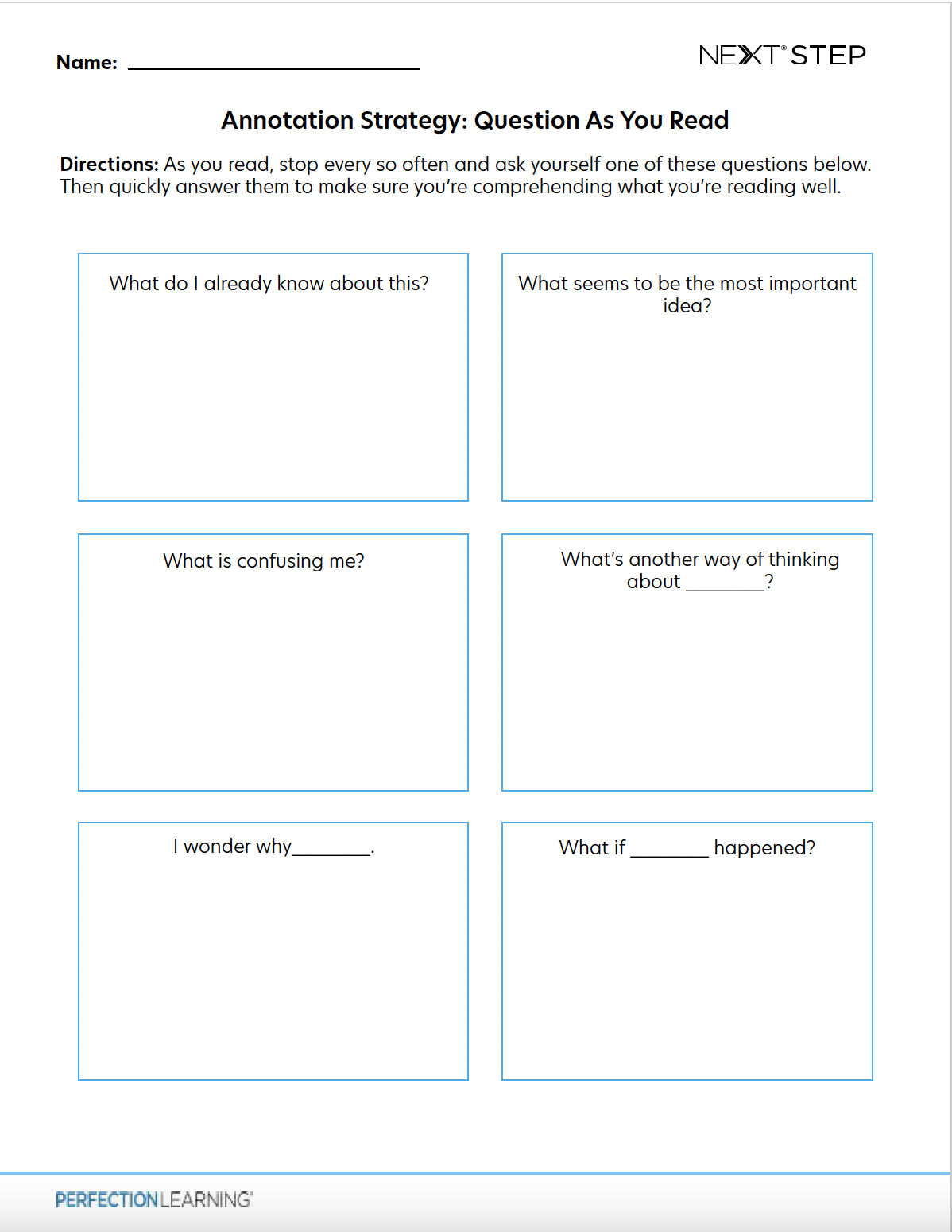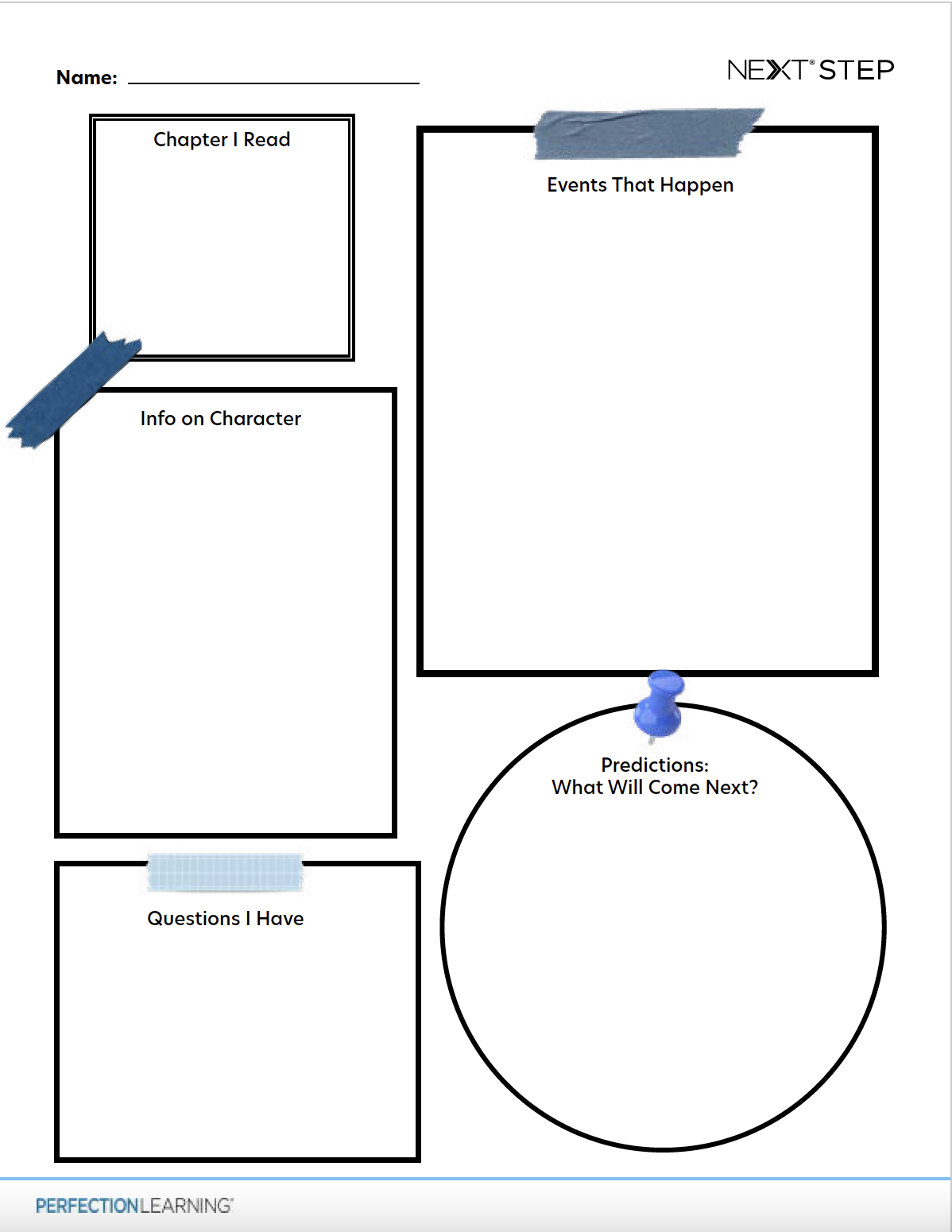Annotation is a life skill, especially for our college-bound students. Reading something with a purpose, a strategy to comprehend at a higher level, and interact with a text are all things every person needs to function in our society. It is our job as educators to help nurture that skill as we read complex texts.
I’ve taught many types of annotation to my high school English students but these few have shown the highest success in the students’ ability to discuss a complex text and assess skills about a text such as theme, character analysis, and story elements.
There are so many more annotation strategies than highlighting and commenting in the margins. Thinking about students’ learning needs from tactile to sticky notes note-taking to targeted questioning helps students try a lot of annotation strategies to find one that fits their reading journey the best. Plus, it provides a toolbox for varying texts they may encounter post-graduation or in other classes that require complex reading assignments.
1. Students Question Themselves As They Read Annotation
Summary: This strategy focuses on flipping from teachers asking students questions to students asking themselves questions as they read a text. As they ask themselves questions as they read, they are checking for their own understanding independently. Depending on what skill you are looking for, teachers can target students to ask certain questions throughout a text, or after practice, students can ask themselves any of these good questions themselves depending on what will help their comprehension.
Example Questions:
- What do I already know about this?
- What is confusing me? What don’t I understand?
- What seems to be the most important ideas?
- I wonder why _____?
- What if _____?
- What’s another way of thinking about _____?
Download the Resource: Get the students started with writing down the answers to pointed questions, then ease off this scaffold when they’ve had practice to remember what questions to ask themselves at certain points in reading.

2. Sticky Note List Annotation
Summary: Whether you’re providing sticky notes for your students to tag pages, or printing out a sheet like the resource below, general note-taking in a list format seems less intimidating to students than longer prompts.
Download the Resource: General note-taking topics such as events happening, info about characters, and predictions for what’s coming next are perfect for students to list out quick info.

3. Wikki Stix Annotation
Summary: For students who are tactile learners, this strategy involves a product called Wikki Stix, essentially waxy string that can be manipulated and stuck to paper to form underlines or brackets to cite evidence in the text. Having multiple colors of Wikki Stix allows for targeted annotation for various prompts.






